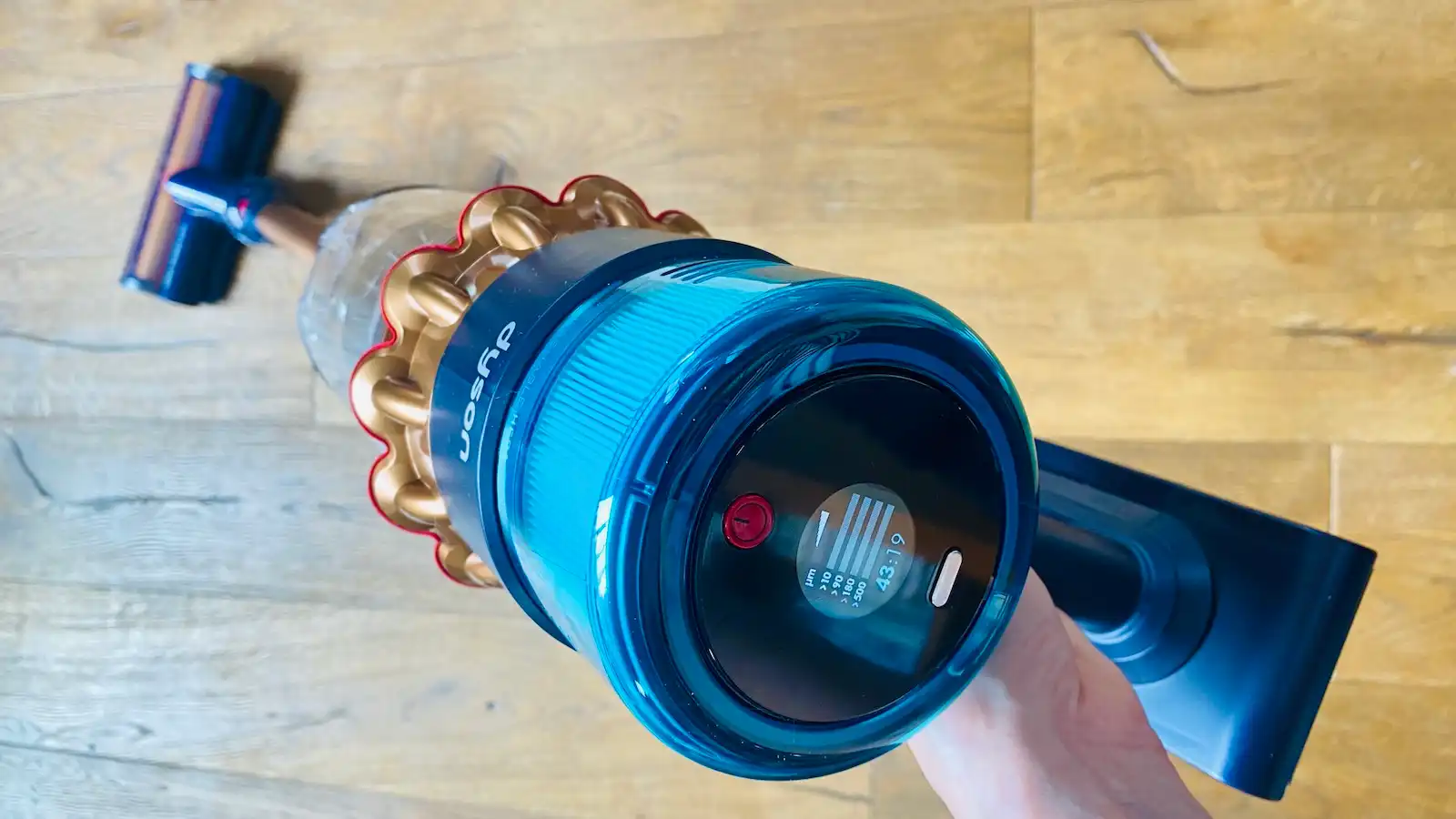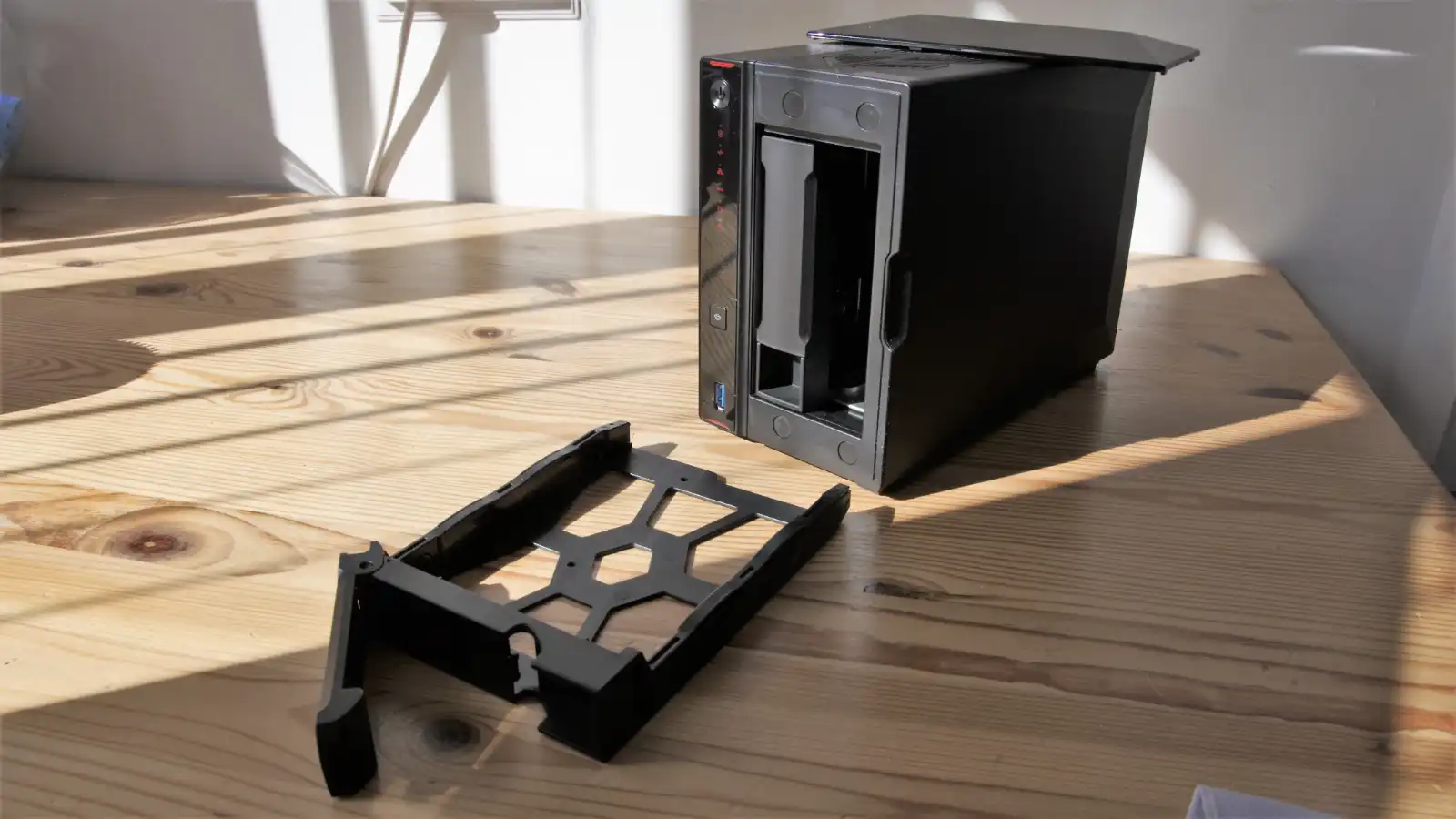Like homes, people and cars, vacuum cleaners come in all shapes and sizes. If it’s your first time buying one, or you’re replacing a trusty favourite that’s bitten the dust, choosing a new machine can be overwhelming.
As well as deciding if you prefer the convenience of cordless over the power of corded, or the ease of bagless over the hygiene of bagged, there are multiple aspects to consider in terms of dust capacity, additional tools or attachments, and versatility.
We have recommendations from the best vacuums we’ve tested when you’re ready. But first, answer these questions to decide on the vacuum that’ll suit you most.
Corded or cordless?
For years, the only power option for a vacuum cleaner was a cable. But with the advent of larger capacity batteries, cordless became the new norm. However, while cordless vacuums can deliver an excellent performance, there has been something of a trade-off, meaning that corded models still tend to feature larger motors and consistent suction. This is because of their constant power supply.

Chris Martin / Foundry
However, corded designs still come with all the issues of their forebears: they tend to be heavier, and not everyone can live with the inconvenience of unplugging when moving from room to room, and cleaning around a trailing cable.
Essentially, the choice comes down to the lightweight convenience of cordless vs the more cumbersome, but usually mightier, corded vacuums. If you clean little and often, a cordless model should easily fit the bill.
For those who opt for less frequent cleaning but want plenty of dust-sucking when they do, consider a corded vacuum. If you have a home with pets, we’d recommend the Shark Stratos Pet Pro Upright. A lighter, more compact option, suitable for homes with largely hard flooring, is the Miele CX1.
Bagged or bagless?
Whether you choose a bagged design or one that’s bagless tends to come down to a combination of need and preference.
Bagged vacuums are the ‘cleaner’ option of the two. They suit those who suffer from allergies – many bags come with a section that closes when the bag is removed so hardly any dust is released back into the air – as well as people who dislike the sometimes messy job of emptying a vacuum.
However, if budget and eco-friendly credentials are important to you, bagless is better, cutting down on the cost of constantly buying bags, and the extra environmental waste.
But there are exceptions: the cordless Halo Capsule X has compostable cardboard dust pouches, which only need to be swapped out every few weeks. They’re not expensive either. Read our Capsule X review to find out more.

Emma Rowley / Foundry
But there is a third option: vacuums that automatically empty into their charging stand. Some of the best we’ve tested include Samsung’s flagship Bespoke Jet AI, and the more affordable Shark Detect Pro and Ultenic FS1.
How much suction power do I need?
While ad campaigns would have you believe that suction is the main thing to consider when choosing a vacuum – hint, it isn’t – it does contribute towards how well your model cleans, alongside airflow design, brush rolls and filtration.
Many people think that the higher the wattage, the greater the suction, but generally, that’s not accurate. Wattage is a measurement of the power that the vacuum cleaner could consume when it’s working hard.
Suction can be measured in one of three ways: water lift or sealed suction (measured in inches of water lift), air watts, which is considered the most reliable and combines airflow and water lift, and Pa, or Pascal, which is suction force, and usually quoted for robot vacuums.
Whatever measurement is quoted, the higher the number the better. And if you’re cleaning deep-pile carpets, the more suction a machine has, the more able it should be to lift ground-in dirt and debris. For mostly hard floors, high suction tends to not be as critical, and moderate should suffice.
However, as suction is only part of the puzzle, it’s best looked at when comparing like-for-like products, rather than comparing cordless, bagless stick or a cabled bagged vacuum.
Which tools and attachments do I need?
There’s a tendency to neglect the tools that come with your vacuum cleaner, especially if there’s no storage on board or if manufacturers don’t provide enough guidance on how to use them. However, used for the intended purpose, they can turn your floor cleaner into a whole home device. These are the basics to look for:
Dual-lens cameras are the future of home security. Here’s why.
- Crevice tool: designed to get into tight spaces, this tool is best used for cleaning skirting boards, doorframes, around window frames, underneath your fridge, between sofa cushions and around car seats, as well as corners, stair edges, and behind furniture.
- Dust brush: use this one instead of a duster. It’s ideal for whisking away dust from lamp shades and bases, blind slats, radiators, skirting and car interiors.
- Upholstery tool: turn to this tool to keep your soft surfaces fluff-free. That can include sofas, cushions and chairs, but also curtains, Roman blinds, mattresses (also look for wider blades suitable for beds for a faster clean) and carpeted stairs.

Emma Rowley / Foundry
Is a robot vacuum as good as a vacuum cleaner?
If you’re doing a whole home clean, and have a mixture of floor types, the answer is probably no: robot vacuums are great for keeping on top of daily cleaning, but a full-sized vacuum cleaner is best for deep cleaning carpets and rugs.
However, where robot vacuum cleaners shine is cleaning hard floors. The latest models are better at getting into corners and along room edges, feature larger wheels with treads for climbing and are less likely to get stuck on obstacles. Have a look at our round-up of the best robot vacuums we’ve tested to see our top recommendations.
Once you’ve mulled over those questions, browse our best vacuum cleaners guide to find the perfect vacuum for you.





